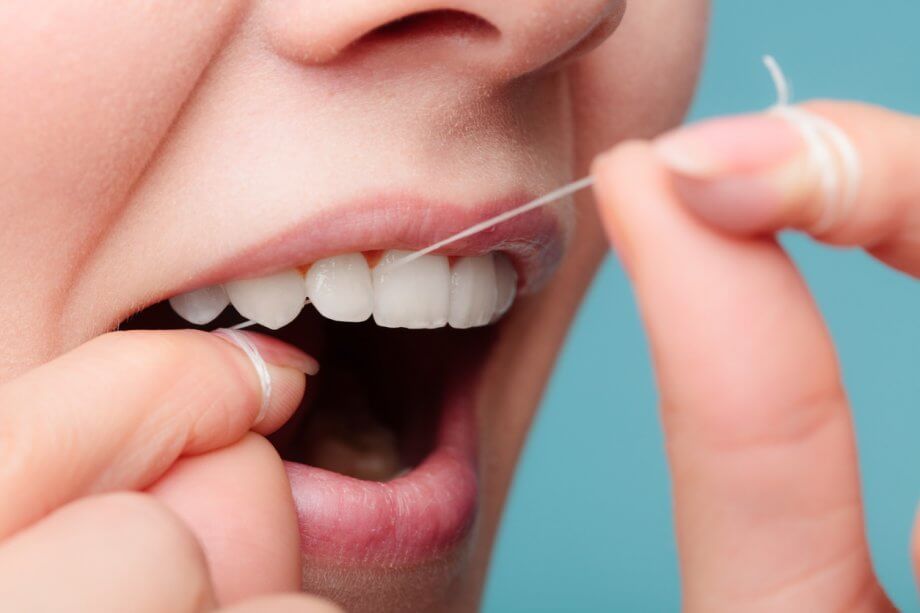At Bella Dental, we create beautiful smiles. When it comes to maintaining those smiles, we work together closely with our patients. During your routine dental cleanings and exams, we'll do our part to keep your smile healthy. At home, you'll do your part by practicing good dental hygiene habits like brushing and flossing regularly.
Sometimes patients aren't sure of the proper technique for flossing. We're happy to show you in person at your next visit with us, but this guide to flossing teeth will help get you started.
Why Flossing Matters
Brushing removes plaque from the fronts, backs, and chewing surfaces of your teeth, but it simply can't remove plaque between your teeth. The only way to do this is with an interdental cleaner like floss. When you don't clean between your teeth, plaque builds up and can lead to cavities. Flossing isn't an optional part of your dental hygiene routine; it's as essential as brushing.
When to Floss Your Teeth
The right time to floss your teeth is whenever you remember to do it and have the time to do it properly. Many people prefer flossing at night, when they're not in a rush to get out the door. This has the added benefit of removing food and plaque that has built up throughout the day before you go to bed.
When it comes to flossing before or after brushing, this is also up to you.
How to Floss Your Teeth
The American Dental Association breaks flossing into a simple 5-step process.
- Start with about 18 inches of floss. Wind most of it around one of your middle fingers, then wind the remaining few inches around the middle finger on your opposite hand. You'll wind the used floss onto that finger as you go.
- Hold the floss securely between your thumb and forefingers.
- Gently guide the floss between your teeth. Don't use too much force––it can cause pain and bleeding.
- Once the floss reaches your gum line, curve it into a C-shape against one tooth. Slide the floss into the space between your gums and the tooth.
- Continue to hold the floss tightly and rub the side of the tooth, moving the floss away from the gums with up and down motions. Repeat steps 1-5 until all your teeth have been flossed.
Types of Dental Floss
The most common dental floss is made from nylon. It comes in waxed and unwaxed versions, flavored or unflavored. Unwaxed floss fits between teeth easier, but it can be prone to breakage. Waxed floss is a bit bulkier than unwaxed, so you might have trouble fitting it between crowded teeth.
Dental tape is a broader, flatter version of dental floss. It also comes waxed or unwaxed and is commonly used by patients who have more space between teeth. Polytetrafluorethylene floss slides easily between teeth.
In recent years, other types of dental flosses have been gaining popularity. Patients interested in green or zero waste dental floss may want to try floss made from silk. There are even subscription services that offer floss in a variety of flavors delivered right to your door.
Alternatives to Dental Floss
If string floss isn't for you, there are a few alternatives for cleaning the plaque between your teeth. These include:
- Interdental brushes
- Floss picks
- Water flossers
While string dental floss is the gold standard, these alternatives work well when floss isn't an option.
Schedule an Appointment
If you have questions for one of our dentists or you'd like to schedule an appointment, contact us today at one of our three convenient New Jersey locations.

